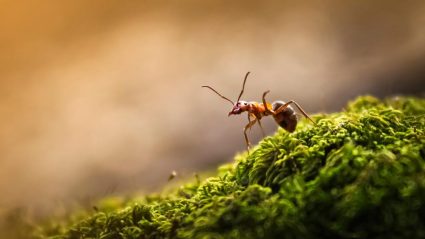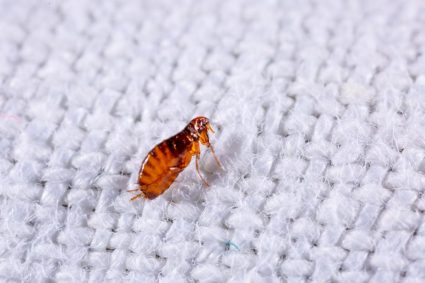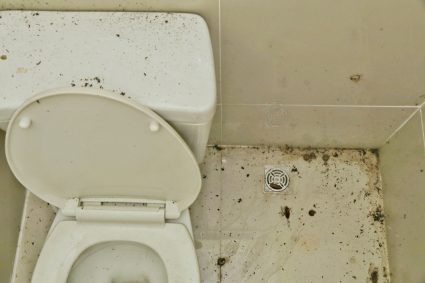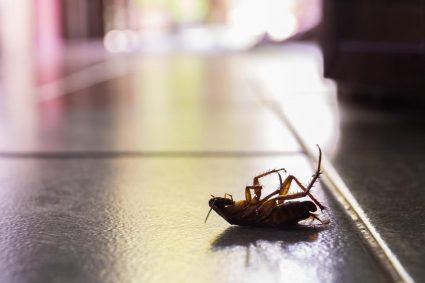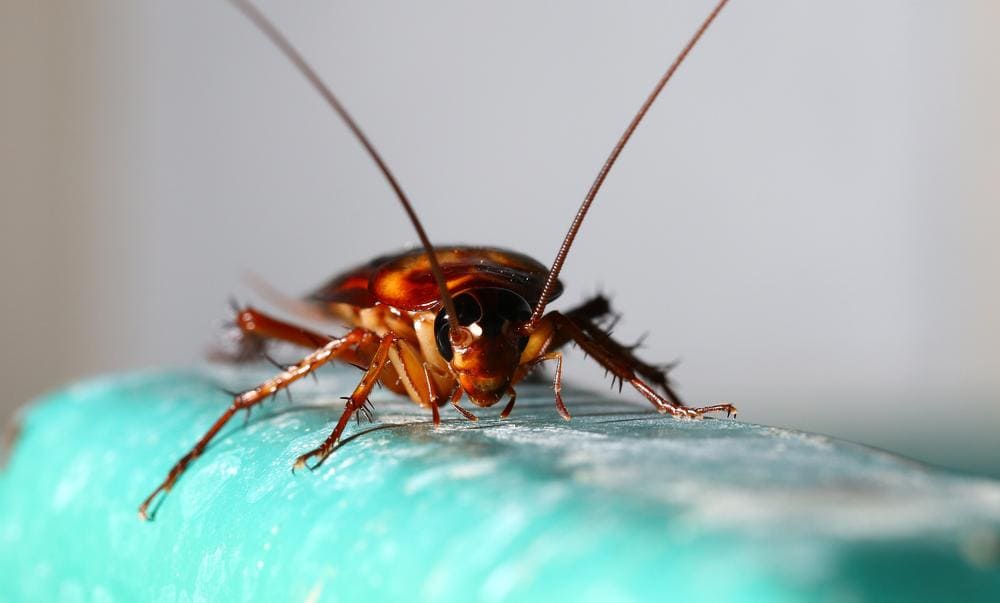
Summers are synonymous with sunshine, beach trips, and unfortunately, a surge in cockroach activity. If you’ve ever wondered why you’re dealing with more roaches during the summer months, this comprehensive guide will help you understand the reasons behind it and provide you with effective solutions to tackle the problem.
Roaches come out more in the summer due to the warm and humid conditions that are ideal for their survival and reproduction. The increased temperature and humidity stimulate their activity and growth, leading to more frequent movement and exploration. Additionally, the abundance of food from outdoor activities and the fact that it’s their breeding season also contribute to the increased presence of roaches during the summer.
Temperature and Roaches
Cockroaches are ectothermic creatures, meaning they rely on their environment to regulate their body temperature. They are quite adaptable to temperature changes and can survive in a wide range of temperatures, but they generally prefer warm and humid environments.
They thrive in temperatures ranging from 25 to 30 degrees Celsius. When temperatures rise, it triggers growth and increased infestation rates in living spaces. Roaches are attracted to heat and moisture, so they are commonly found in warm and humid areas like bathrooms, kitchens, and laundry rooms. In some cases, hot weather can even cause certain species of roaches to fly.
The Role of Humidity
Humidity plays a significant role in cockroach activity during the summer. Cockroaches thrive in warm, humid environments, which are readily available in hot, muggy summer weather. Increased humidity levels stimulate cockroaches’ activity, leading to more frequent movement and exploration in search of food and water.
Food Availability in Summer
During the summer, there is an increase in food availability, such as crumbs, food spills, and garbage due to outdoor activities like picnics and barbecues. This increased food source can attract and sustain cockroach populations.
Breeding Season
Spring and summer are cockroach breeding seasons, resulting in an increase in the overall roach population. The increase in temperature during summer spurs them to feed and reproduce at a much faster rate.
Signs of a Summer Roach Infestation
The most common signs of a summer roach infestation include visible activity, unpleasant smell, droppings, egg casings, shed skin and dark smears, and allergic reactions.
Preventing Roach Infestations During Summer
To prevent roach infestations during the summer, homeowners can take several steps such as sealing entrances, inspecting the property, maintaining cleanliness, storing food properly, reducing moisture, eliminating clutter, and monitoring outdoor areas.
Dealing with a Summer Roach Infestation
In case you’re already dealing with a roach infestation, consider combining sanitation and exclusion practices with insecticides for the best results. Natural repellents, glue traps, insecticides, essential oils, and professional pest control services can all be effective in dealing with the problem.
In conclusion, while roaches are more active during the summer due to the warm and humid conditions, there are numerous ways to prevent and deal with their infestations. Implementing these measures can help you enjoy a roach-free summer.
Frequently Asked Questions
What are some examples of natural repellents for roaches?
Some examples of natural repellents for roaches include diatomaceous earth, boric acid, and essential oils like peppermint oil, cedarwood oil, and tea tree oil.
How do I seal entrances to prevent roaches from entering my home?
Sealing entrances to prevent roaches involves identifying any potential entry points such as cracks and crevices in walls, gaps around doors and windows, and openings around plumbing or electrical wiring. These can be sealed using caulk or other suitable materials.
Why do roaches cause allergic reactions?
Roaches can cause allergic reactions due to the allergens they produce. These allergens can be found in roach droppings, shed skins, and egg cases. When these allergens are inhaled or come into contact with the skin, they can trigger allergic reactions in sensitive individuals.
What are glue traps and how do they work?
Glue traps are a type of pest control product that use a strong adhesive to trap roaches. They are typically baited with food or pheromones to attract roaches. Once a roach steps onto the glue trap, it becomes stuck and is unable to escape.
How can professional pest control services help with a roach infestation?
Professional pest control services have access to a range of treatments and techniques that can effectively deal with a roach infestation. They can also provide expert advice on preventing future infestations. Services typically include an inspection to identify the extent of the infestation, treatment to eliminate the roaches, and follow-up visits to ensure the problem has been fully resolved.

